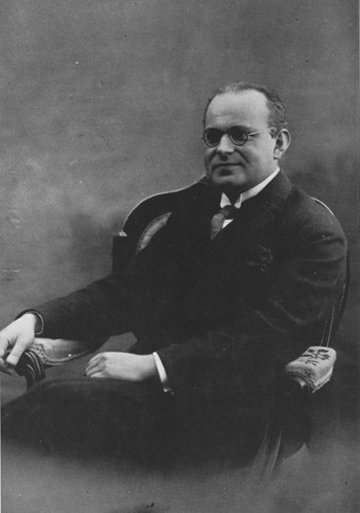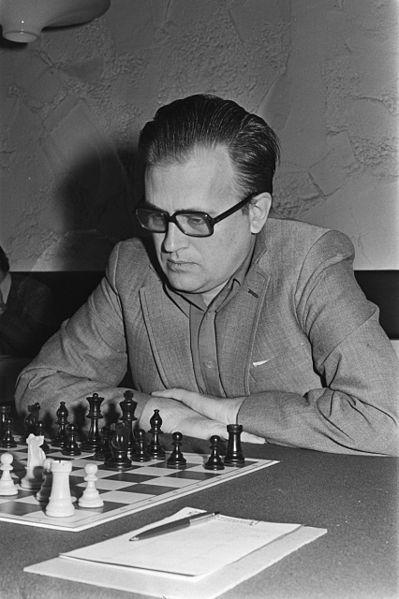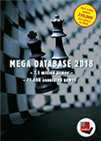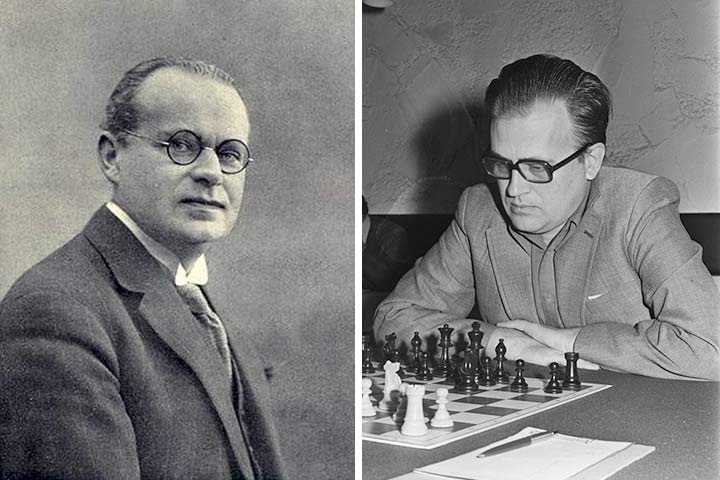Nimzowitsch
If you search the ChessBase Mega Database for games in which Nimzowitsch played 1.b3 you won't find many — no more than three to be precise, one win, one draw, one loss. However, widening the research leads to more results: in 17 games Nimzowitsch played 1.Nf3 Nf6 2.b3 (seven wins, no loss, ten draws). But maybe 1.b3 is also named after Nimzowitsch because his only win with this opening illustrates some of its basic ideas rather well. 

Aron Nimzowitsch 1931 | Photo: L'Echiquier 1931
Fischer
An inspiring game and good publicity for 1.b3. Apparently, it also impressed Bobby Fischer. Fischer was a very principled and classical player with comprehensive theoretical knowledge, and for most of his career he had almost always played 1.e4 ("Best by Test", he quipped). But on his path to the World Championship at the beginning of the 1970s, he varied his opening repertoire a bit and occasionally tried 1.b3. In four tournament games, to be precise. Fischer won all four of them and in round 21 of the Interzonal Tournament in Palma de Mallorca 1970, when playing the Brazilian Henrique Mecking, Fischer showed what he had learned from Nimzowitsch.
A reminder how useful it can be to know the classics.
Larsen
 No other World Champion was more infamous both inside and outside the chess world than Bobby Fischer. On this DVD, a team of experts shows you the winning techniques and strategies employed by the 11th World Champion.
No other World Champion was more infamous both inside and outside the chess world than Bobby Fischer. On this DVD, a team of experts shows you the winning techniques and strategies employed by the 11th World Champion.
Grandmaster Dorian Rogozenco delves into Fischer’s openings, and retraces the development of his repertoire. What variations did Fischer play, and what sources did he use to arm himself against the best Soviet players? Mihail Marin explains Fischer’s particular style and his special strategic talent in annotated games against Spassky, Taimanov and other greats. Karsten Müller is not just a leading international endgame expert, but also a true Fischer connoisseur.But this game by Fischer and his three other wins with 1.b3 were not enough to give the chess world another "Fischer variation". Instead, the move 1.b3 was named after the Danish player Bent Larsen, a rival of Fischer. Larsen played 1.b3 regularly and with success. The Mega Database contains 47 games in which Larsen tried 1.b3 — he won 35 of them, six were drawn, and six times Larsen lost.

Bent Larsen during a match against Lajos Portisch in 1977 | Photo: Hans Peters / Anefo CC BY-SA 3.0 nl via Wikimedia Commons
But in Larsen's most famous game with 1.b3 he suffered a defeat — perhaps the worst defeat of his career. In the famous match of the "Soviet Union vs The Rest of the World", in Yugoslavia 1970, in which the chess elite of the Soviet Union played a four-game match on ten boards against the best players from "the rest of the world" (which the Soviets narrowly won 20½ : 19½) Larsen played on board one for the World Team, and in the second of his four games he lost in just 17 moves with white against World Champion Boris Spassky.
But Larsen fought back. In the third round of the match, he won with black against Spassky who then decided to take a rest and to let Leonid Stein play the last game against Larsen. But Stein also lost against Larsen, who thus finished the match with a score of 2½ : 1½ though this is often forgotten because his drastic defeat against Spassky stuck in memory. But even after the game against Spassky Larsen kept his faith in 1.b3 and continued to score fine wins with it, for instance, against Brian Eley from England.
 The "Mega" is the database every serious chessplayer needs. The database contains 7.1 million games from 1500 to 2017, in highest quality standard, full of top level analyses and completely classified.
The "Mega" is the database every serious chessplayer needs. The database contains 7.1 million games from 1500 to 2017, in highest quality standard, full of top level analyses and completely classified.Games like this explain why 1.b3 is called Nimzowitsch-Larsen Attack or Larsen Opening. But Larsen himself had a more pragmatic approach. In his book
Alle Figuren greifen an (All pieces attack) he writes:
In the final rounds of the tournament in Palma de Mallorca I played weakly and without focus. But in one game a little "psychological trick" in the opening still brought me success. In most openings there is simply too much theory... Therefore, namely to break away from the 'book' I occasionally opened with 1.b3. ... But the move 1.b3, too, inevitably followed the way of a lot of other openings; it was analysed in detail and at a certain point of time it was also dominated by theory. ... When this happened I just began to play something else. (Bent Larsen, Alle Figuren greifen an, SchachDepot Verlag 2009, p. 210)
And indeed he did. After 1972, Larsen employed 1.b3 only sporadically. But since then, the move has found new followers. Today, strong grandmasters such as Hikaru Nakamura (+33, =14, -5), Baadur Jobava (+35, =18, -14), Richard Rapport (+16, =11, -14), and others regularly play 1.b3. (The numbers in brackets indicate the results of the games [classical, rapid and blitz] in the Mega Database 2018 in which these three players played 1.b3.)
Rapport
The following short victory by Rapport is an example of the unorthodox positions which might arise after 1.b3.
However, Rapport — and most of the other players probably as well — does not care whether 1.b3 is named after Nimzowitsch, Larsen, Fischer or anyone else. For them, the most important thing is probably that the move offers chances to win and is not easy to play for Black.
Meanwhile, 1.b3 has also found its way into the practice of today's world elite, and now finally a modern top ten player has taken on the subject for ChessBase: none other than Grandmaster Wesley So!
Links

























